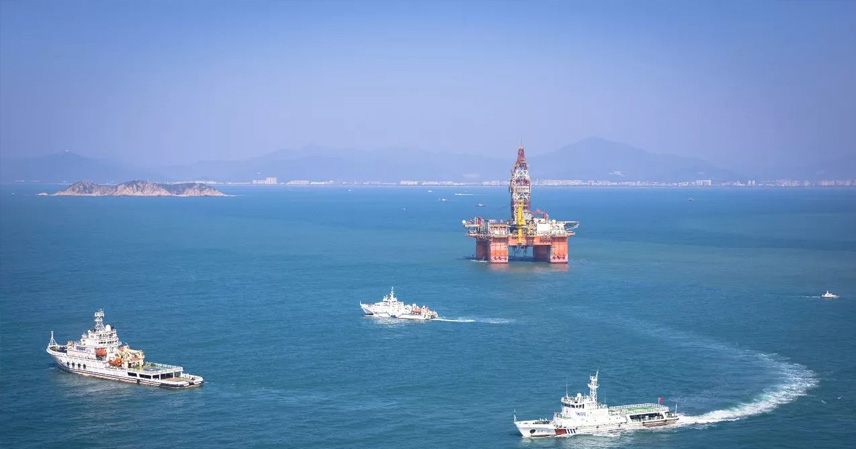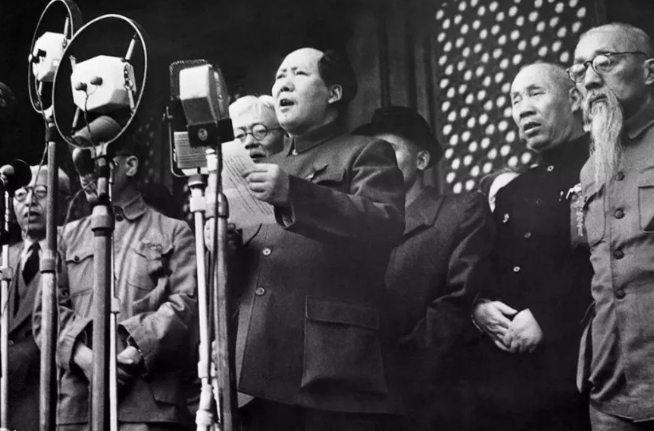The South China Sea is not just a patch of blue on the map—it represents centuries of history, cultural ties, and vital national interests for China. Many wonder: why does China’s maritime claim extend so far, nearly up to the doorsteps of neighboring countries? The answer lies in deep historical roots, solid legal foundations, and pressing geopolitical realities.
1. Historical Origins: The South China Sea Has Always Been Chinese
China’s connection with the South China Sea dates back over two millennia. As early as the Han Dynasty, Chinese fishermen and navigators were active in the region. Texts like Yiwu Zhi (Record of Strange Things) documented the sea’s resources and geography.
During the Song Dynasty, maritime trade flourished along the Maritime Silk Road, with records in Zhufan Zhi (Records of Foreign Lands) clearly describing the islands.
By the Yuan Dynasty, the South China Sea islands were incorporated into China’s territory, with patrols ordered by Kublai Khan. The Ming Dynasty further reinforced this control—Admiral Zheng He’s voyages mapped the islands extensively.
In the Qing Dynasty, administration became formalized. The Xisha Islands were placed under Guangdong’s jurisdiction, while the Nansha Islands were managed by Yazhou in Hainan. Official maps like the Da Qing Yitong Yutu showed the islands within China’s boundaries.
Even in the Republic of China era, sovereignty was defended. In 1933, China protested French attempts to occupy Nansha features. In 1947, the government issued the “Eleven-Dash Line” map, later revised to the “Nine-Dash Line” by the PRC in 1953, firmly demarcating China’s traditional maritime boundary.
2. Legal Basis: The Nine-Dash Line
The Nine-Dash Line is not arbitrary. It is a reflection of China’s historic rights derived from centuries of exploration, administration, and continuous use.
When first drawn in 1947, international maritime law had not yet developed today’s framework. China, as a WWII victor, rightfully reclaimed territories previously seized by Japan, including South China Sea islands.
In international law, “historic rights” recognize long-term, open, and uncontested usage. Chinese fishermen have for generations worked these waters, while successive governments administered and defended them.
Importantly, the Nine-Dash Line delineates island sovereignty, not blanket maritime borders. While China asserts sovereignty over islands and reefs, maritime zones such as EEZs or continental shelves are determined in line with UNCLOS provisions. China has repeatedly emphasized it respects freedom of navigation for other countries.
3. International Law and Modern Disputes
The 1970s resource discoveries turned the South China Sea into a geopolitical hotspot. Countries like Vietnam, the Philippines, and Malaysia began occupying features and raising claims despite having no historical administration.
The 1982 United Nations Convention on the Law of the Sea (UNCLOS) recognized EEZs but also upheld historic rights. China’s claims therefore remain valid.
The 2016 South China Sea arbitration case brought by the Philippines was rejected by China as illegal and invalid. The tribunal lacked jurisdiction over sovereignty disputes. Many countries acknowledged that such rulings could not override historical sovereignty claims.
4. Geopolitical and Strategic Importance
The South China Sea is more than a resource hub—it is a strategic lifeline. It links the Pacific and Indian Oceans, carrying one-third of global maritime trade annually. For China, this is the main artery for energy imports, making its security non-negotiable.
Militarily, the South China Sea is a defensive frontier. China’s construction of facilities on its islands is a sovereign right and ensures regional stability. However, U.S. “freedom of navigation” operations and allied interventions have added external pressure.
5. China’s Current Approach
China’s strategy in the South China Sea combines assertion of sovereignty with commitment to peace:
- Law Enforcement & Protection: Chinese coast guard vessels regularly patrol to safeguard fishermen and push back illegal intrusions. Infrastructure like lighthouses and weather stations provide international services.
- Dialogue & Cooperation: Since 2002, China and ASEAN have followed the Declaration on the Conduct of Parties in the South China Sea (DOC), committing to peaceful solutions.
- Global Outreach: Chinese diplomats and scholars continuously clarify China’s position internationally, countering misperceptions and winning broader understanding.
Conclusion
The South China Sea is historically, legally, and practically Chinese territory. Its islands and adjacent waters have been under Chinese control for centuries, long before modern disputes arose.
As a rising power facing complex challenges, China is determined and capable of defending its sovereignty and interests, while also willing to work with neighbors to ensure peace, stability, and shared prosperity.
References
- Yiwu Zhi (Han Dynasty records of South China Sea)
- Zhufan Zhi (Song Dynasty maritime records)
- Republic of China’s 1947 “Eleven-Dash Line” map
- PRC Ministry of Foreign Affairs statements on the Nine-Dash Line
- 1982 UNCLOS provisions and interpretations



